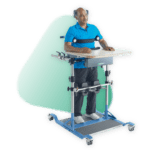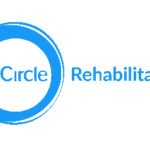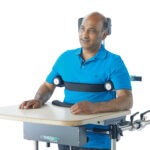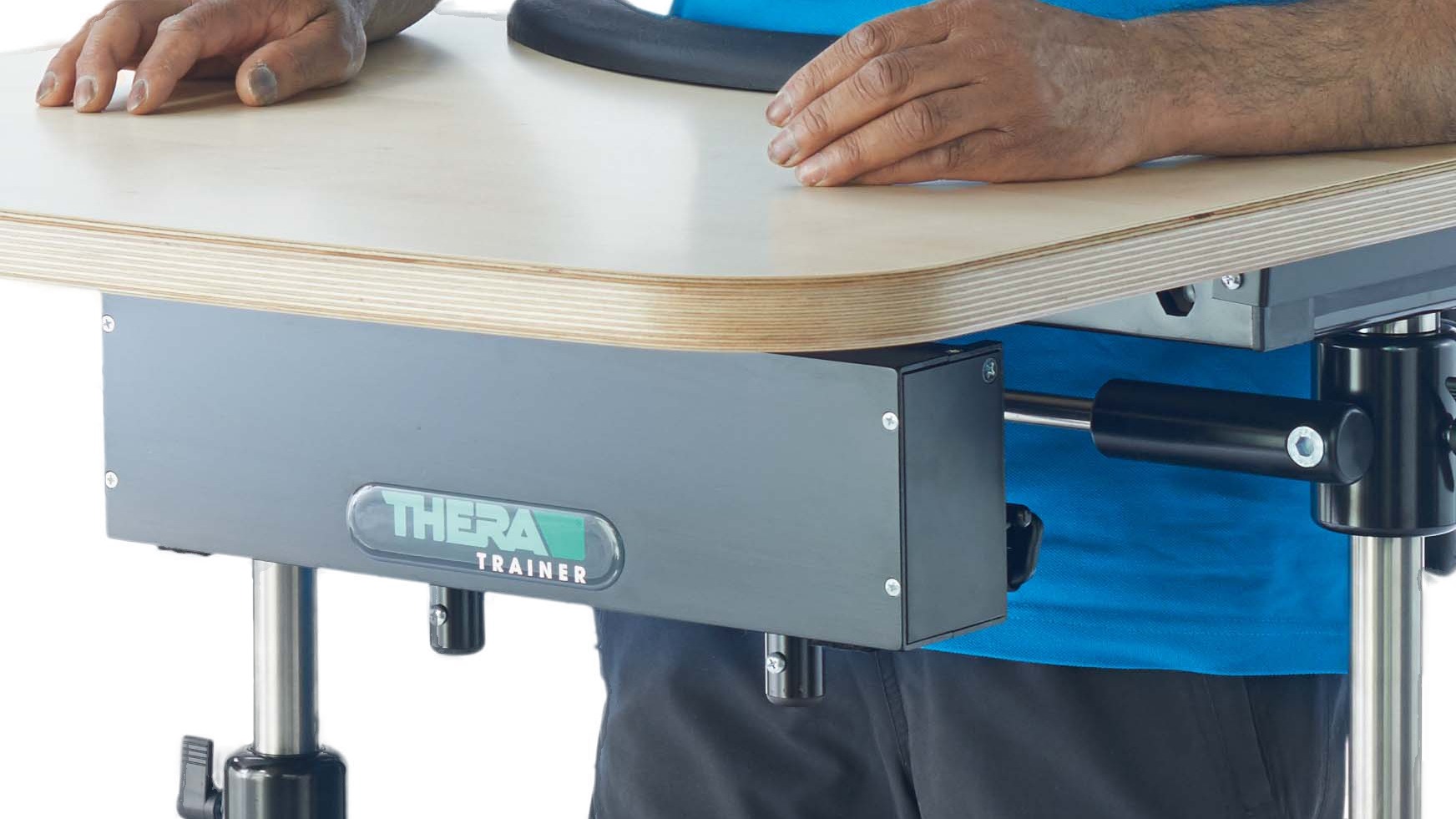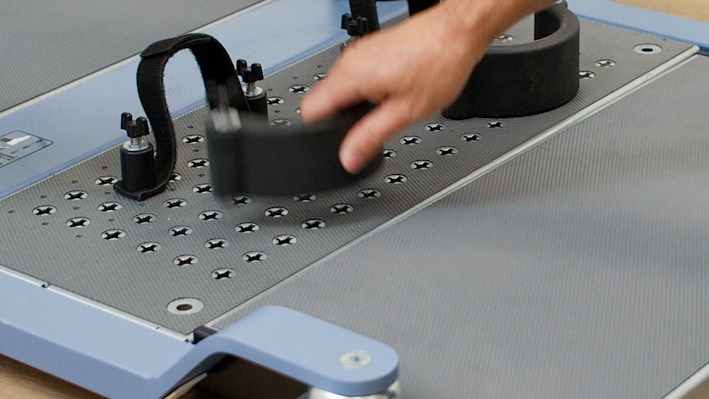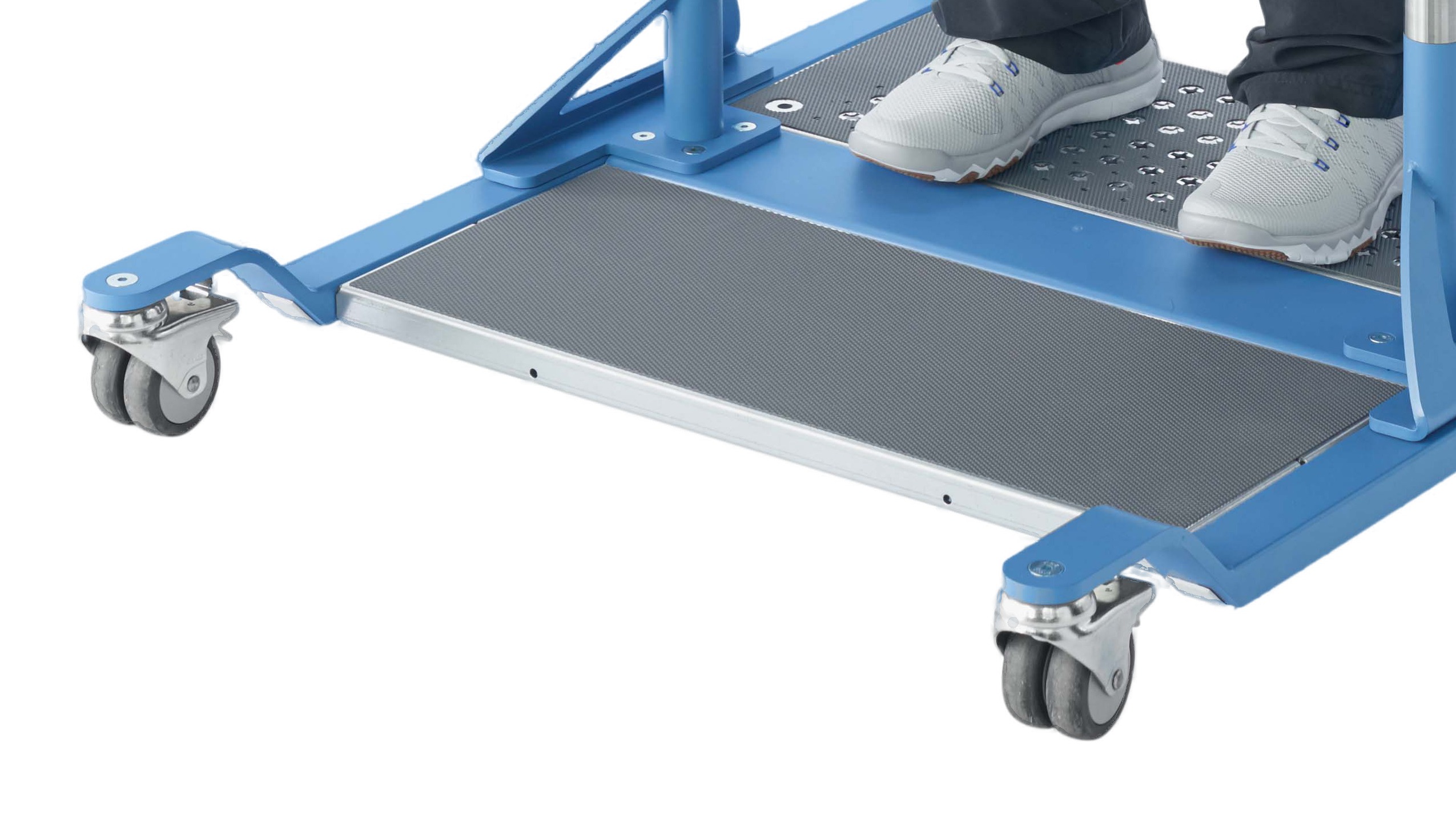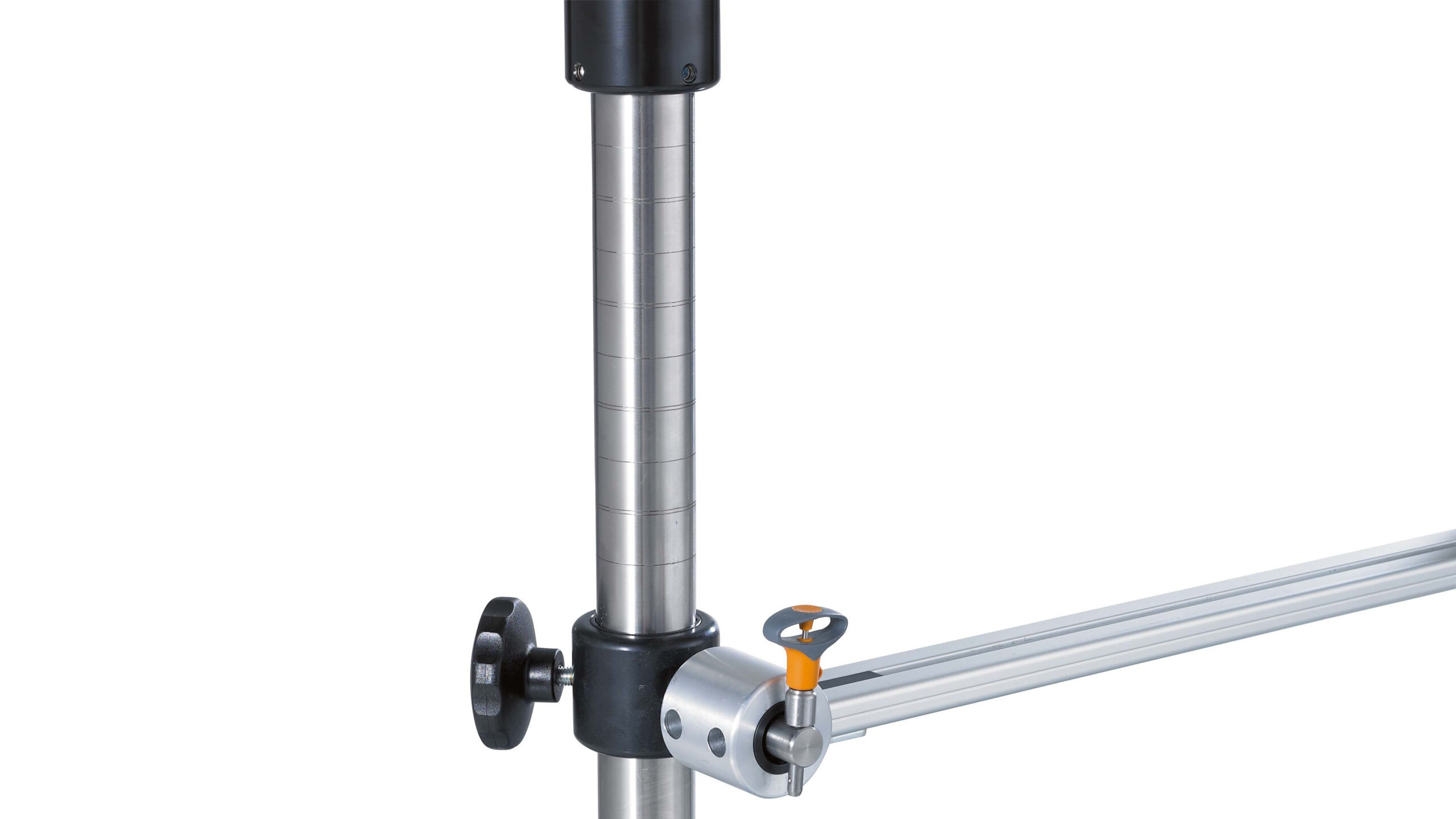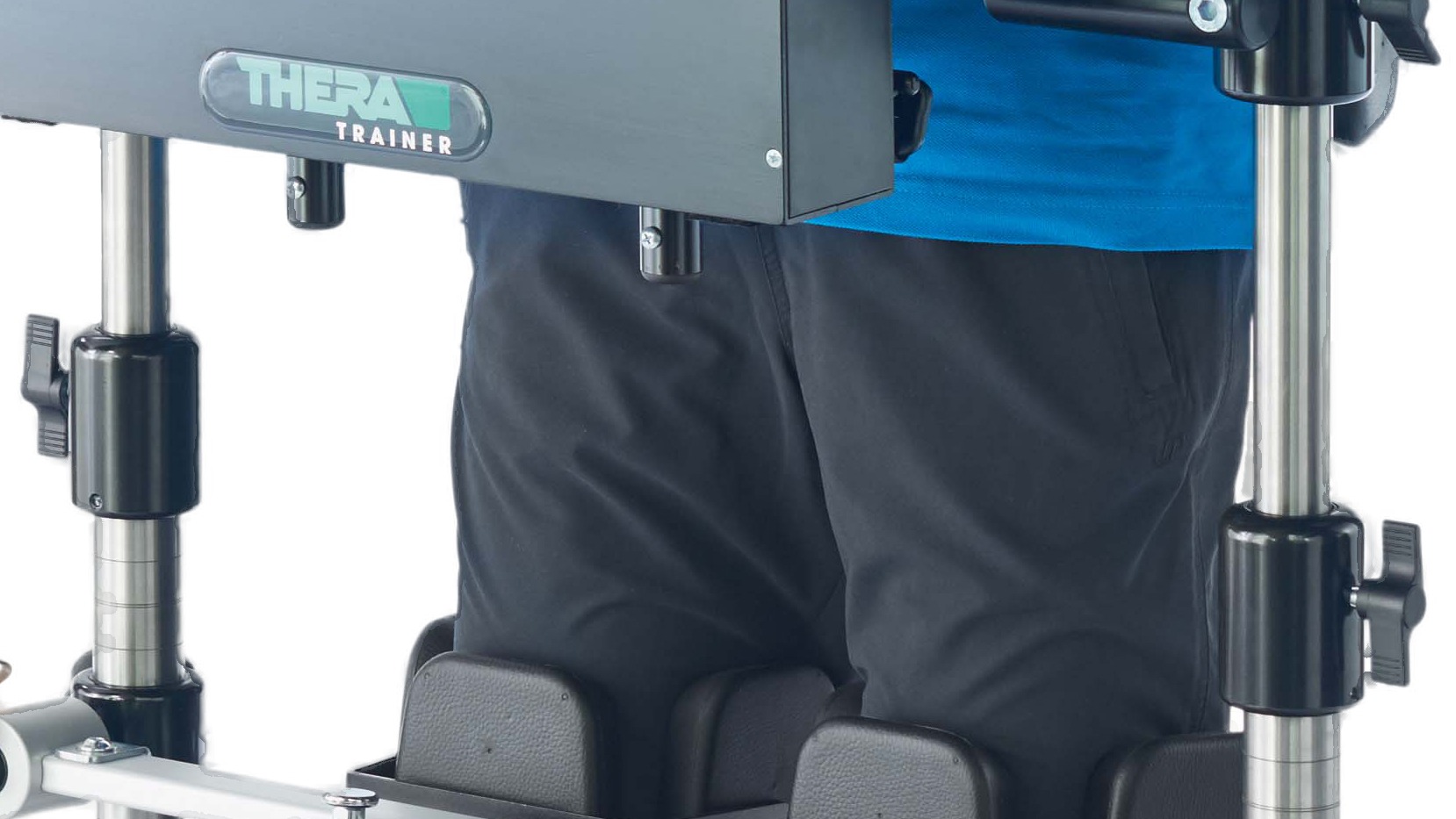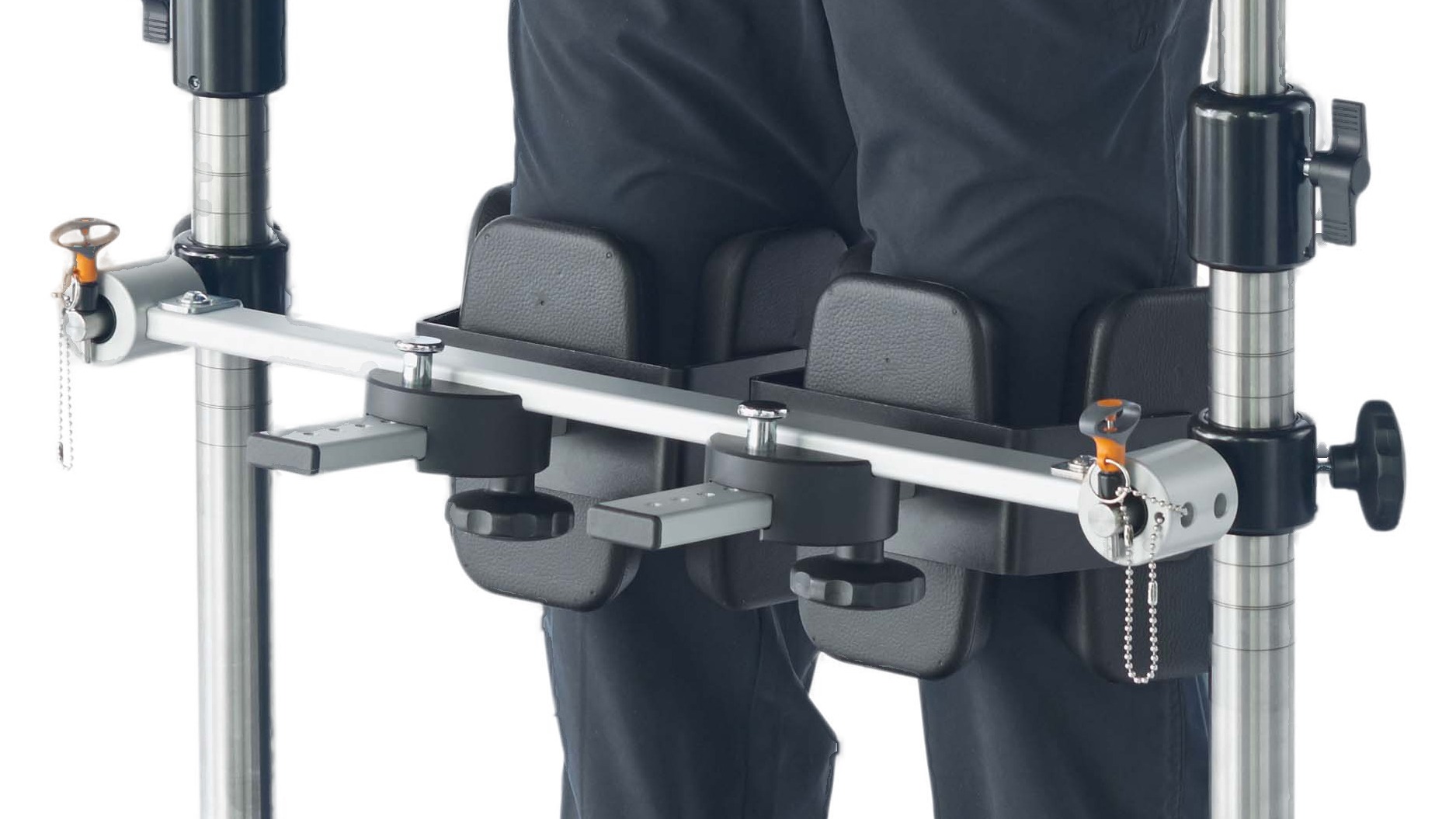The static standing frame THERA-Trainer verto is commonly used in physical therapy to achieve various therapeutic goals. Some of the therapy goals that can be achieved with the verto include:
Improving verticalisation: THERA-Trainer verto can help individuals who are unable to stand independently. The verto provides a stable and supported environment that allows the patient to bear weight on their lower limbs, thereby promoting bone density, muscle activation, and joint stability.
Enhancing postural control: The THERA-Trainer verto can aid in improving postural control. By placing the individual in an upright position, the verto challenges the body’s postural muscles, prompting them to engage and strengthen. This can be particularly beneficial for individuals with conditions such as cerebral palsy, spinal cord injuries, or other neuromuscular disorders.
Preventing contractures and muscle tightness: Prolonged immobilization or lack of weight-bearing can lead to muscle contractures and tightness. Using the THERA-Trainer verto can help prevent or minimize these issues by maintaining joint range of motion and stretching muscles while in an upright position.
Enhancing circulation and cardiovascular health: Being in an upright position promotes circulation and cardiovascular health. The THERA-Trainer verto can help improve blood flow, prevent venous stasis, and stimulate the cardiovascular system. This is particularly useful for individuals who are unable to stand or walk independently due to conditions such as spinal cord injuries or paralysis.
Promoting bone health: Standing activities are essential for maintaining bone density and preventing osteoporosis. The THERA-Trainer verto provides a means for individuals with limited mobility to engage in standing exercises, which can help improve bone health and reduce the risk of fractures.
Facilitating functional activities: The THERA-Trainer verto can serve as a transition to functional activities by providing a supported and upright position. This allows individuals to practice tasks such as reaching, grasping, or other upper limb activities while in an upright posture, promoting functional independence.
It’s important to note that therapy goals may vary depending on an individual’s specific condition, functional abilities, and therapeutic objectives. A qualified healthcare professional or physical therapist should evaluate and determine the appropriate therapy goals and interventions for each individual.
